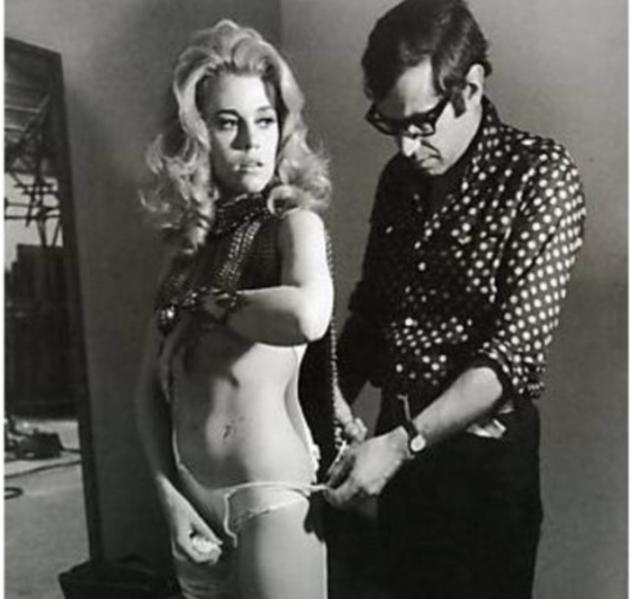
“This convinced her that what she long suspected was true–she had a snake in her stomach.”
A 19th-century widow went a long way to avoid going on a diet, as recorded in a Chicago Tribune article that was republished in the October 29, 1882 Brooklyn Daily Eagle:
“Chicago–If a man were to assert in all seriousness that he had a real, live, hungry snake in his stomach he would be set down at once as having not a snake in his stomach but several in his boots. Nevertheless there is a woman at No. 610 South Canal Street, Mrs. Caroline Seber, who is so firmly convinced she is harboring a large reptile within her anatomy that any one hearing her remarkable story is almost forced too accept it as true.
A Tribune reporter called on Mrs. Seber last evening and was entertained for an hour or more of her recital of the experiences to which that snake subjected her. Mrs. Seber proved to be a woman about 42 years old, very neatly attired, with a smiling face and a pleasant voice. The story was a very long one, and was told so fast as to be absolutely astounding. But then, as it afterward appeared, she has been rehearsing it for about a dozen years. She was born in Prussia. When about 14 years old she began to feel peculiar sensations in her stomach, but reached no conclusion as to the cause. Two years later she distinguished herself by displaying a ponderous appetite, which had never left her but has continued to increase. Still she was at a loss to find a cause for it all. She came to America when 21 years old, and direct to Chicago, where she married Mr. Seber.

“What did you feed the snake this evening for dinner?”
About a year after the marriage she was lying on the lounge one day, when she distinctly felt something crawl from one side of her stomach to the other. This convinced her that what she long suspected was true–she had a snake in her stomach. She consulted physicians who assured her that the snake existed only in her imagination. As it did not bother her much except to constantly increase her appetite, she made no attempt to evict the slimy tenant. Time passed on, her appetite increased, and also the size of her corsets, and, finally, twelve years ago her husband died, leaving her with four children, one of them a cripple, and the snake to provide for. The snake continued growing larger and more ravenous, biting viciously at the walls of her stomach whenever a meal was missed. She again consulted the physicians and visited every hospital in the city, asking for an operation to relieve her of a snake.
The physicians laughed at her and treated her for tapeworm. On several occasions she fasted for four days, with a view to discouraging the supposed tapeworm and inducing it to come out. But all to no purpose. The snake during the fast tortured her almost beyond endurance and would never come up any higher than the breastbone. Finally four years ago she got Dr. Mitchell to consent to perform an operation. She went to Hahnemann Hospital and was put under the influence of ether. She was cut slightly in three different places on the abdomen, the incisions being immediately sewn up again. But in the meantime one of the students had prepared a basinful of snakes and lizards, and when Mrs. Seber came from under the influence of the drugs she was shown the miniature aquarium and told the specimens were contributed by her. She discovered the fraud at once, but concluded to make no fuss about it.
In September, she got Dr. Etheridge interested in her case, and after many consultations, that gentleman arranged to perform the desired operation on Sunday morning at the Michael Reese Hospital. The reporter promised to be on hand, and then he began questioning Mrs. Seber:
‘What food does the snake most fancy?’
‘Well, it takes beefsteak and milk, and is particularly fond of beef broth flavored with celery. For fish it has no use at all.’
‘How much does it eat a day on average?’
‘I eat four pounds of meat every day, drink three quarts of milk and a little tea and coffee.”
‘Did you ever try getting it drunk?’
‘No, because I don’t like liquor.’
‘What did you feed the snake this evening for dinner?’
‘I gave it twenty-seven cents worth of ham just before you came in. I’m afraid I will not live much longer even if the operation is successful, because the snake has bitten me up too much inside.'”

























